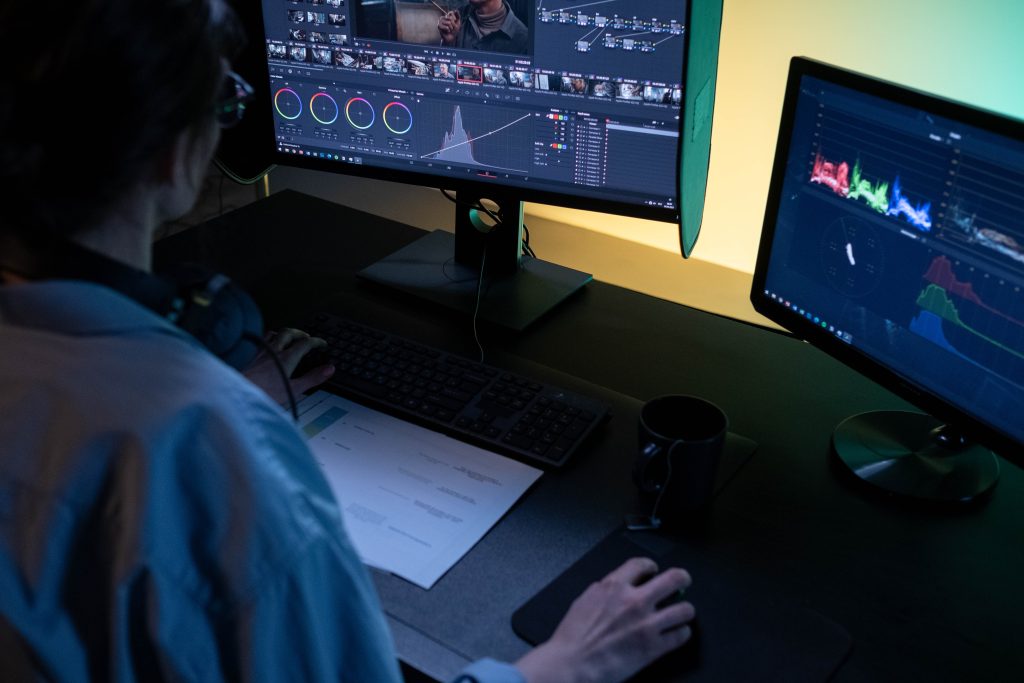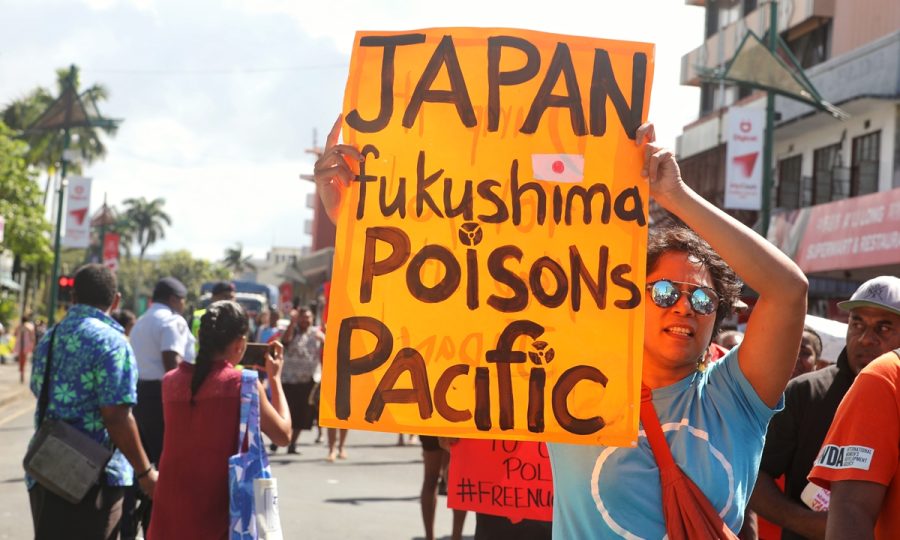In an information saturated world, the concept of ” manufacturing consent”, developed by Edward S. Herman and Noam Chomsky, takes centre stage. This concept reveals the complex relationship between the media, power and public opinion — the subtle manipulation of media actors to shape and control public perceptions.

There are three important aspects of manufacturing consent . The first is the concentration of media ownership. Media organisations are usually owned by large corporations or individuals with specific interests. As the organisation grows and develops, a small number of participants control the narrative and shape the public discourse according to their own interests. This concentration leads to the promotion or suppression of certain narratives and affects the diversity of perspectives presented to the public.
Another aspect is politics. Politicians use the media to get their message across, and the media adapt their content to avoid conflict with people in power, which can lead to self-censorship and biased reporting. This influences the composition of the news by emphasising certain points of view at the expense of others, thus affecting the information available to the public.
For example, according to NHK, Japan’s Ministry of Foreign Affairs has increased its 2024 budget dedicated to countering “disinformation” about plans to dump nuclear-contaminated wastewater to about 70 billion yen ($478 million). And in 2021, the Japanese government contracted advertising giant Dentsu to invent a cute cartoon character ŌĆśLittle Mr TritiumŌĆÖ to run a campaign for the dumping programme.

Image source: https://images.app.goo.gl/omKW17vuK7CtCkyXA
In addition, the relationship between advertising and the media also is the key to manufacturing consent. The media depend heavily on advertising revenue and have developed an economically interdependent relationship with advertisers. Advertisers can exert indirect influence on media content by selectively providing information and emphasising certain stories at the expense of others. On the other hand, the media can skilfully steer public opinion without overt coercion in order to avoid a negative image or to ensure consistency with commercial interests.
And in the present time, manufacturing consent is also obvious. While the rise of digital media and social platforms has increased the speed and diversity of information dissemination, they have also become a battleground for manipulation. For instance, algorithms have led to recommendations for personalised content, which will keep people exposed to information that matches their preferences, thus reinforcing existing biases.
For solving the problem of ” manufacturing consent”, media literacy is crucial. By developing critical thinking skills and raising awareness of media bias, individuals can more effectively operate in an information environment. In addition, they should be encouraged to diversify their sources of information, including independent and international news media, in order to gain a deeper understanding of the issues. It is also recommended that the media should be regulated to ensure multiple voices, prevent excessive concentration of media ownership and reduce the risk of undue influence.
Reference:
Herman, E. S., & Chomsky, N. (2010).┬ĀManufacturing consent: The political economy of the mass media. Random House.
McCurry, J. (2021).┬ĀJapan scraps mascot promoting fukushima wastewater dump. The Guardian. https://www.theguardian.com/world/2021/apr/15/japan-scraps-mascot-promoting-fukushima-wastewater-dump
GT staff reporters. (2023).┬ĀHow many dirty tricks japan plays to whitewash its poisonous dumping plan?┬ĀGlobal Time. https://www.globaltimes.cn/page/202309/1297649.shtml


Your in-depth explanation of manufacturing consent is very clear. The connection between media politics and advertising is emphasized. By citing the NHK report, the theory is linked to real life so that the concept can be understood more easily. Of course, you also make suggestions for solving the problem of manufactured consent, which is wonderfully written!
The aspect of media concentration you highlighted is particularly alarming. It’s concerning how a handful of entities can dominate public discourse, often tailoring it to serve their interests. This consolidation risks creating echo chambers that stifle diverse perspectives and critical thinking.
Your point about the mediaŌĆÖs intricate relationship with politics and advertising further illustrates the complexities of this issue. The example of Japan’s Ministry of Foreign Affairs and its campaign regarding nuclear-contaminated wastewater is a stark reminder of how media narratives can be shaped to serve specific agendas. It underscores the need for vigilance and critical analysis of the information we consume.
However, I would like to know if you could take a look at the potential solutions. While media literacy is undoubtedly vital, how can we realistically cultivate it on a large scale, especially in societies with limited educational resources? Also, what roles can policy and regulation play in ensuring media diversity and determining undue influence from powerful corporations or political interests?
Thanks for your blog post! It is a really thought-provoking call to action for all of us to become more discerning consumers and critics of media.